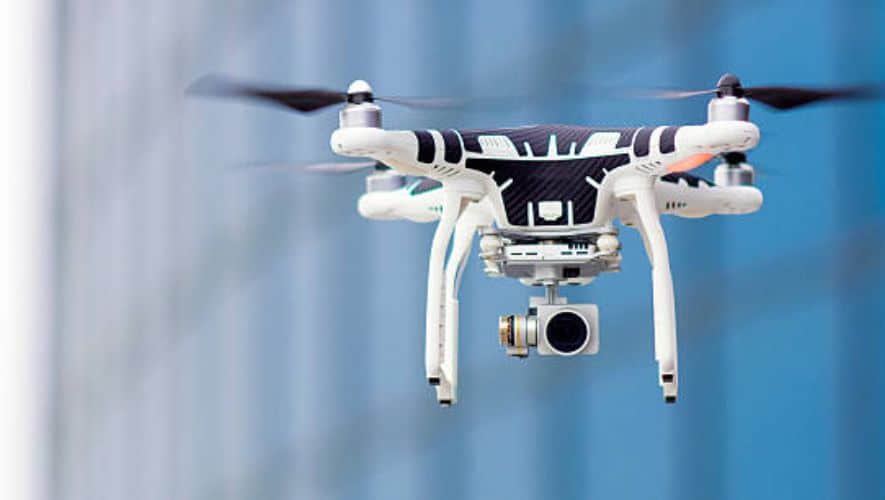
The Use of Drones in Sports Photography and Videography: Capturing the Action from Above
By Adedayo Oyetoke, Published on: May 22nd 2023 3 min, 548 word Views: 1544
The world of sports photography and videography has seen a significant transformation with the advent of drone technology. Drones, or unmanned aerial vehicles (UAVs), have opened up new possibilities for capturing stunning and dynamic footage of sporting events, providing unique perspectives that were once impossible to achieve. In this blog post, we will explore the various ways drones are being used in sports photography and videography, the benefits they offer, and the challenges they present.
1. Capturing Unique Perspectives
One of the most significant advantages of using drones in sports photography and videography is the ability to capture unique perspectives and angles. Drones can fly at various altitudes and positions, allowing photographers and videographers to capture aerial shots, bird's-eye views, and dynamic action sequences that were previously unattainable. This has led to the creation of more engaging and visually appealing content, which has captivated audiences and enhanced the overall viewing experience.
2. Enhancing Live Broadcasts
Drones have also played a crucial role in improving the quality of live sports broadcasts. By providing real-time aerial footage, drones can offer viewers a more immersive and comprehensive understanding of the game. This has been particularly beneficial for sports like football, golf, and motorsports, where the playing field is vast and the action is spread out. Drones have enabled broadcasters to cover more ground and provide better coverage of the event, keeping viewers engaged and informed.
3. Cost-Effective Solutions
In comparison to traditional methods of capturing aerial footage, such as helicopters and cranes, drones offer a more cost-effective solution for sports photographers and videographers. Drones are relatively affordable and easy to operate, making them an attractive option for capturing high-quality aerial shots without breaking the bank. This has made it possible for smaller sports organizations and events to benefit from professional-quality aerial footage, leveling the playing field and increasing the overall production value.
4. Safety and Accessibility
Drones have also made it safer and more accessible for photographers and videographers to capture aerial footage of sporting events. Unlike helicopters and cranes, drones can be operated remotely, reducing the risk of accidents and injuries. Additionally, drones can access hard-to-reach areas and navigate tight spaces, allowing photographers and videographers to capture shots that would have been impossible or dangerous to achieve using traditional methods.
5. Challenges and Regulations
Despite the numerous benefits of using drones in sports photography and videography, there are also challenges and regulations that must be considered. Drone operators must adhere to strict safety guidelines and aviation regulations, which can vary depending on the country and the specific event. Additionally, privacy concerns and potential interference with the game must be taken into account when using drones to capture footage. It is essential for drone operators to be well-versed in the rules and regulations governing their use to ensure the safety and integrity of the sporting event.
Conclusion
The use of drones in sports photography and videography has revolutionized the way we capture and experience sporting events. From unique perspectives and enhanced live broadcasts to cost-effective solutions and increased safety, drones have opened up a world of possibilities for capturing the action from above. As drone technology continues to advance and regulations evolve, we can expect to see even more innovative and exciting ways for drones to be used in sports photography and videography, further enriching our enjoyment of the games we love.
